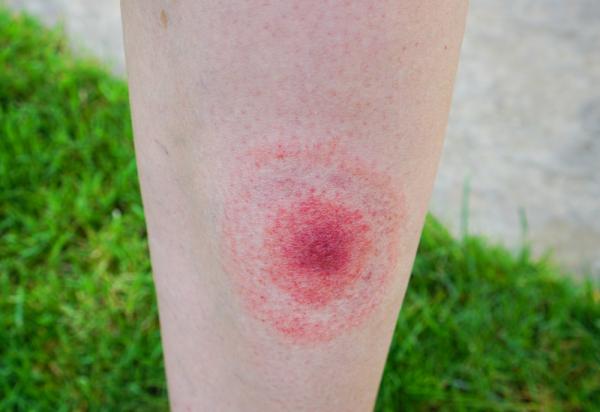Lyme disease is a nasty one — first, you likely get a rash from a tick bite you never suspected you had. Then, if not treated appropriately, you may get fever and chills, followed by some degree of facial paralysis and arthritis. But a course of the appropriate antibiotic (e.g. doxycycline) should take care of that handily. So what's the deal with supposed chronic Lyme disease? Supposedly people who have been appropriately treated for Lyme continue to have symptoms — "lingering symptoms of fatigue, pain, or joint and muscle aches at the time they finish treatment" — supposedly a condition known to many as chronic Lyme disease. But according to the CDC, these compose " Post-treatment Lyme Disease Syndrome (PTLDS)," and its etiology isn't clear.
It's possible that PTLDS is actually caused by other tick-borne ills such as babesia. Apparently, however, a cottage industry has arisen in which some physicians administer long-term antibiotic treatment to deal with this supposed chronic Lyme disease. This is problematic, since if you don't know the real cause, the antibiotic treatment may not be the correct one.
Further, as my colleague Dr. Bloom has explained here, long-term antibiotics, especially when administered by an indwelling catheter, carry their own risks.
So, if you've been treated for Lyme disease, and still have symptoms such as fatigue or muscle aches, work with your physician to determine the real cause of the problem and don't be swayed by claims, by some, of the necessity of further long-term antibiotic therapy!




